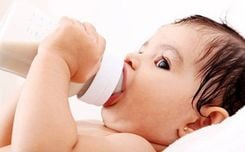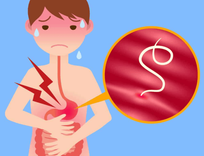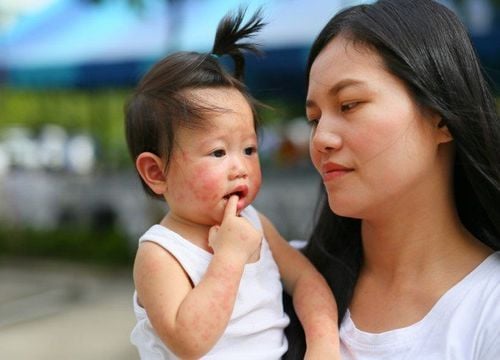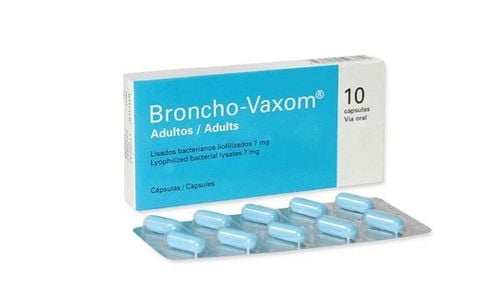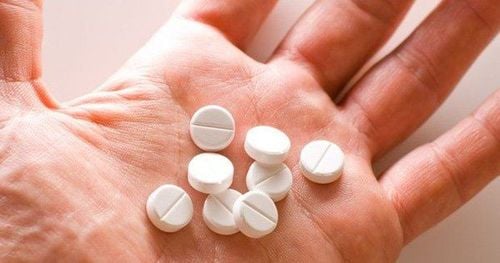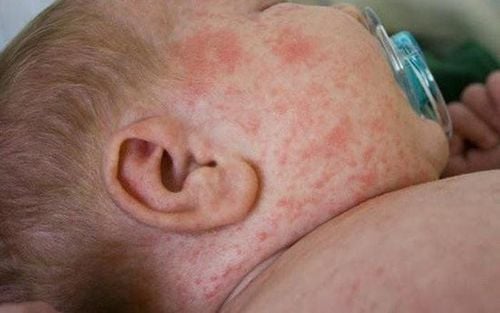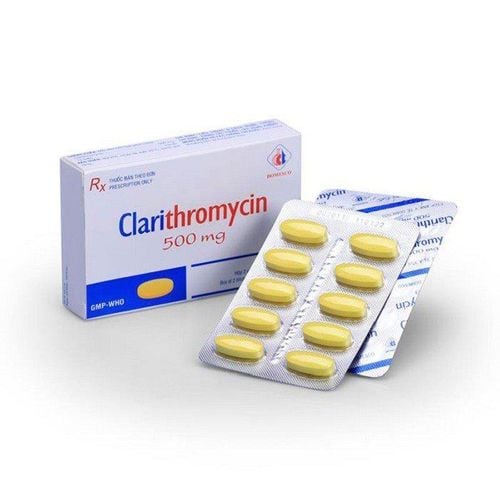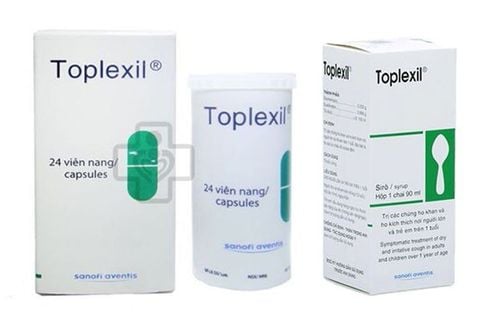Asthma is a common condition in children due to chronic respiratory inflammation. Managing acute asthma attacks with Ventolin nebulizer helps children escape emergency situations and death. Below is the dosage of Ventolin nebulizer for children.
1. Effects of Ventolin
Ventolin, with the active ingredient Salbutamol sulfate, selectively stimulates b-adrenergic receptors on bronchial muscles and has little or no effect on heart receptors at therapeutic doses. Because of its effect on the bronchi without affecting the cardiovascular system, Ventolin is very suitable for treating bronchospasm. Additionally, it has high activity in preventing the release of histamine caused by antigens and substances formed in slow-reacting anaphylactic reactions, SRS (A), from lung mast cells sensitive to IgE. Such hypersensitivity reactions are considered the initial trigger of allergic asthma syndrome in children.
In other words, Ventolin is suitable for treating and preventing asthma, bronchitis, and emphysema with reversible airway obstruction. Ventolin can be used to reduce prolonged bronchospasm and lessen allergic responses in the lungs, helping control bronchospasm in chronic bronchitis. Additionally, Ventolin nebulizer has a prolonged effect and is suitable for daily maintenance treatment of chronic lung disease and chronic bronchitis. The drug delivery system through inhalation with a small dose avoids the muscle tremors commonly seen with oral forms. The medication also acts quickly and can be used as needed to relieve acute shortness of breath.
2. Dosage of Ventolin Nebulizer for Children
When a child shows symptoms of an asthma attack such as wheezing, difficulty breathing, increased coughing, and reduced daily activities including eating and breastfeeding, parents should consider an asthma attack and take appropriate action. Quick-relief medications will be effective in this case. The dosage of Ventolin for children is as follows:
- Ventolin MDI 100mcg: 2 puffs if not using a spacer or 4-6 puffs if using a spacer.
- Nebulized Ventolin: Children <5 years old: 2.5ml and children >5 years old: 5ml.
- Continuous monitoring of the child is necessary. If there is no improvement, the dose can be repeated after 20 minutes if needed, up to a maximum of 3 times. If symptoms improve, continue using Ventolin spray or nebulizer every 4-6 hours for 1-2 days, and do not forget to have the child re-examined within 24-48 hours.
3. Contraindications of Ventolin
Although intravenous Salbutamol solution and sometimes Salbutamol tablets are used in uncomplicated cases such as placenta previa, pre-birth bleeding, or blood poisoning during pregnancy, Ventolin inhalation products are not suitable for controlling preterm labor. Additionally, Ventolin formulations should not be used in cases of threatened miscarriage in the first 6 months of pregnancy.
Ventolin is contraindicated in the following cases:
- History of hypersensitivity to any component.
- Caution in cases where the effective dose of Ventolin previously did not relieve the attack for at least 3 hours.
- Use with caution in patients with thyroid toxicity, and carefully for patients known to have taken a large dose of sympathomimetic drugs.
- Oral Ventolin formulations should not be used with beta-blockers such as Propranolol.
In summary, the dosage of Ventolin nebulizer for children is crucial in managing acute asthma attacks. To increase treatment effectiveness and ensure safety, the medication should be used according to the doctor's instructions.
Please dial HOTLINE for more information or register for an appointment HERE. Download MyVinmec app to make appointments faster and to manage your bookings easily.

